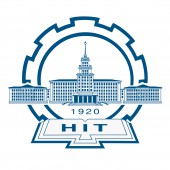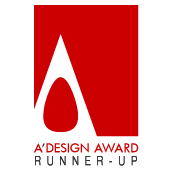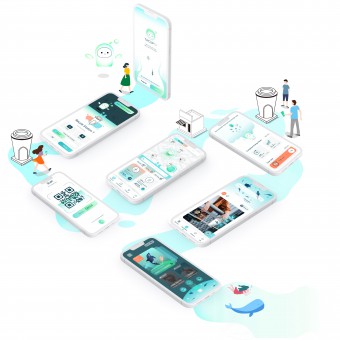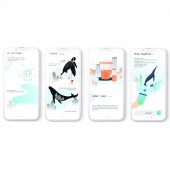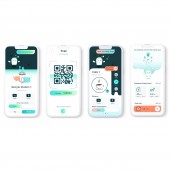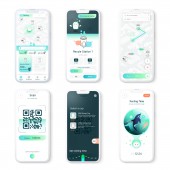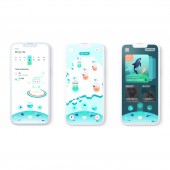DESIGN NAME:
Tacupiu
PRIMARY FUNCTION:
Recycling Cup Rental Mobile Application
INSPIRATION:
Most disposable beverage cups are made of plastic. Plastic is difficult to degrade and has been disrupting the ecological environment for a long time. When flowing into the ocean, they threaten the lives of marine life. The best way to reduce disposable beverage cups is to use less disposable plastic cups and more recyclable cups. How to help people to actively accept the use of recycling cups and practice low-carbon behaviors has become a meaningful design opportunity.
UNIQUE PROPERTIES / PROJECT DESCRIPTION:
Tacupiu provides a one-stop mobile platform in the service of renting, using and returning recycling cups, which opens up new possibilities-both effectively and interestingly- to motivate urban youth to reduce deposable plastic waste. It greatly enhances user convenience by connecting drink stores, community service centers, express deliveries and recycle stations. Recycle station is a brand new concept that is created to store, clean and circulate shared cups. It also helps promote marine protection, as the real use time will be transformed into protecting energy of virtual sea animals, which might arouse users’ heroism from small contributions. The achievements are visually recorded in profile, maps and atlas.
OPERATION / FLOW / INTERACTION:
First, users can click on each icon at the bottom of Homepage to enter each service module. In the land of Discover module, users can choose two types of cup services, namely Renting for shared cups, and DIY for customized cups. After pressing Renting icon, users can select a nearby recycle station for shared cup rental, or find a nearby coffee shop or milk tea shop for recycled cup consumption. Then, users can see the detailed information of target address. After clicking on Route, a map then automatically helps users plan the shortest route and navigate. Once arriving at the circulation station, a QR code will automatically pop up, and users can scan it at the machine in the recycle station for a shared cup. They can choose two different types of cups at different price, one of which is 0MM energy cup, which is made of stainless steel and does not produce any plastic particles, the other is >5mm energy cup, which is made of PP plastic and does not produce plastic particles below 5mm. At the same time, the user can set the rental time in advance to remind the return. Next, one page pops up to mark users’ visiting experience. By closing the page, users will see the rental time. At the same time, a timer icon will be added to the Homepage. In addition, on the timing page, the user can clicks Switch icon to convert a shared cup into a personal one. After users select a store, they can choose the navigation service if the store is far away, and they can directly reserve a private cup for consumption to obtain a consumption barcode if the store is nearby. Similarly, a page will pop up to help users record visits. In the land for DIY module, users can choose different cup types, stickers and cup bags. Besides, users can discover and join interesting environmental events and meet environmentalists using Wonderland page. Last but not least, through the Protector page, users can view total protection, protecting maps formed by low-carbon behaviors, and illustrations of marine creatures. Besides, they can click Me to set basic information.
PROJECT DURATION AND LOCATION:
The project started in October 2021 and finished in January 2022 in Shenzhen.
|
PRODUCTION / REALIZATION TECHNOLOGY:
At the conceptual design phase, we conducted brainstorming, mind mapping, scene interviews, etc. At the detailed design phase, we used Figma, Adobe Illustrator and Adobe Experience Design.
SPECIFICATIONS / TECHNICAL PROPERTIES:
Designed for the iOS System.
TAGS:
Interface Design, Green Design, Cup recycling
RESEARCH ABSTRACT:
First, through desktop research, the current situation of the harm of beverage cups and the existing solutions were sorted out. Second, through semi-structured in-depth interviews, we dig out the environmental protection attitudes of urban youth, and explore the factors that affect their environmental protection behaviors, motivations, and preferences. Third, the process model, work activity affinity graph, and hierarchical task lists were constructed. The process framework and task interaction model are established as the basis of conceptual design. Last, the design concept was evaluated and optimized using user experience measurements.
CHALLENGE:
The biggest challenge of this project is how to make stores and consumers take the initiative to accept the new shared consumption method of using recyclable cups. Due to the addition of leasing links, the use of recyclable cups will bring inconvenience to the consumption process; in addition, even if disinfection and sanitation work is done well, the public may still mind using public tableware. For businesses, using shared cups can reduce the cost of plastic cups and increase profits. However, for consumers, it is difficult to completely eliminate the psychological burden of using shared cups. After formulating the design and operation strategy, it is necessary to practice and explore continuously, so as to achieve a better user experience.
ADDED DATE:
2022-01-24 07:52:42
TEAM MEMBERS (2) :
Student: Yanming He and Faculty: Huicong Hu
IMAGE CREDITS:
Yanming He and Huicong Hu, 2021.
|
